SakenowaRecord your sake experiences and discover your favorites
竹葉Chikuha
Flavor Chart®
A chart created from flavor analysis of user comments.

Flavor Tags ®
Tags generated from flavor analysis of user comments.
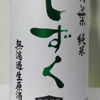
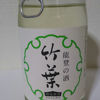
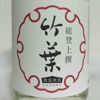
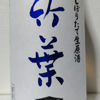
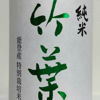
Popular Comments
(Translated from Japanese by 🍶🍶🍶🍶
I was in the vicinity of Takeba's brewery, Kazuma Shuzo, on business the other day, so I stopped by the brewery to purchase some 😃.
The aroma is fresh and mellow 😚The taste in the mouth is fresh, juicy, sweet and delicious 😊The acidity is clean and crisp 😊The taste is delicious 🥰.
I realized later that if I went all the way to the brewery, I should have bought the brewery's limited edition sake 🤣.
Japanese>English
Q(^-^q) hed hed hed hed
It is a cup sake of a bamboo leaf. It is a sake with a weighty feeling like this is a sake 😀. I think the origin is cup sake 😙.
Japanese>English
(Translated by ∇🍶🍶🍶🍶
Drink and support ✊🏻📣 ̖́-
Today we got a cup of Takeba sake😋.
When we ran out of Noto sake after the earthquake, I bought a cup of sake to support ✊🏻📣 ̖́- at least with a cup ̖́- 😀.
The rice flavor and a hint of sweetness with just the right amount of lingering aftertaste 😊Slightly sweet sake 😚👍This was a delicious guy 🥳.
Japanese>English
Similar Brands
We analyze the flavors based on everyone's comments and select similar brands.
Yamagata MasamuneSimilar Characteristics
DanSimilar Characteristics
NanbubijinSimilar Characteristics
AizumusumeSimilar Characteristics
Location
36 Ushitsu, Noto, Hōsu-gun, IshikawaOpen in Google Maps
Related Articles
石川県・数馬酒造が新銘柄「竹葉 能登未来」を発売!4/15(水)より順次発送 | 日本酒専門WEBメディア「SAKETIMES」
 数馬酒造株式会社(石川県鳳珠郡)は、新銘柄「竹葉(ちくは) 能登未来」を発売し、4月15日(水)に発送を開始しSAKETIMES | 日本酒をもっと知りたくなるWEBメディア
数馬酒造株式会社(石川県鳳珠郡)は、新銘柄「竹葉(ちくは) 能登未来」を発売し、4月15日(水)に発送を開始しSAKETIMES | 日本酒をもっと知りたくなるWEBメディアKURAND×能登農家×数馬酒造!幻の酒米をよみがえらせる「石川酒30号再生プロジェクト」始動 | 日本酒専門WEBメディア「SAKETIMES」
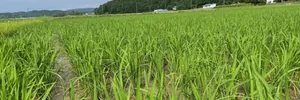 リカー・イノベーション株式会社(東京都足立区)が運営するお酒のオンラインストア「KURAND(クランド)」は、SAKETIMES | 日本酒をもっと知りたくなるWEBメディア
リカー・イノベーション株式会社(東京都足立区)が運営するお酒のオンラインストア「KURAND(クランド)」は、SAKETIMES | 日本酒をもっと知りたくなるWEBメディア地震で被災した数馬酒造の日本酒を宮城県の新澤醸造店が救出!【能登半島地震 復興支援】 | 日本酒専門WEBメディア「SAKETIMES」
 2024年1月1日、石川県の能登半島を震源とした、最大震度7の大地震が発生しました。この「令和6年能登半島地震SAKETIMES | 日本酒をもっと知りたくなるWEBメディア
2024年1月1日、石川県の能登半島を震源とした、最大震度7の大地震が発生しました。この「令和6年能登半島地震SAKETIMES | 日本酒をもっと知りたくなるWEBメディアTimeline
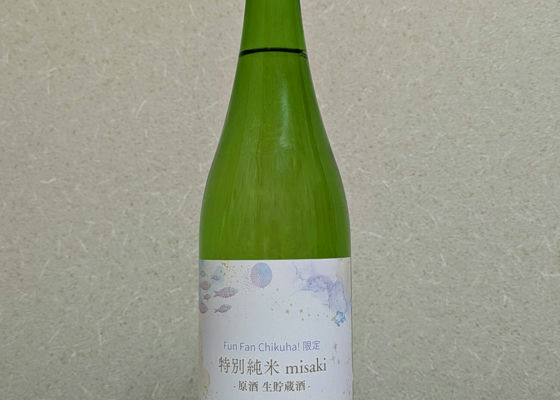
ぽん
Kazuma Shuzo
Takeba Special Junmai Misaki Nama-shu Nama-stored Sake
The brewery is located in Noto-cho, Ishikawa Prefecture.
Gohyakumangoku" rice produced in Noto is polished to 60%.
It has a sweet aroma like brown sugar, a soft rice flavor, and an apple-like acidity.
soft rice flavor, apple-like acidity, and a dense, full-bodied, refreshing aftertaste.
A full-bodied, refreshing aftertaste.
#Nihon-shu
Japanese>English
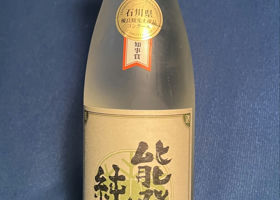
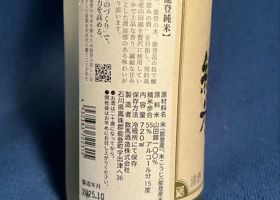
X-Beauty18
Refreshing and refreshing as it melts down your throat... gentle sweetness... and the spiciness that follows is also gentle... a sake that gives you a sense of fulfillment!
Japanese>English


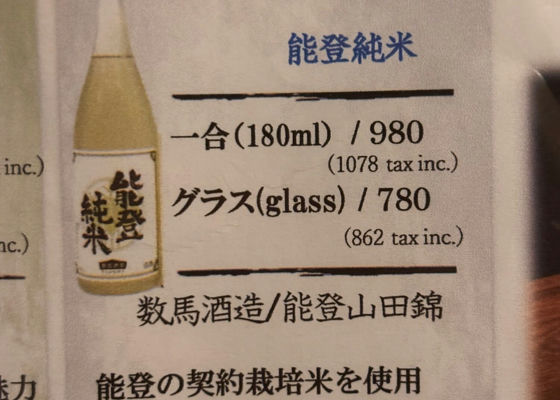
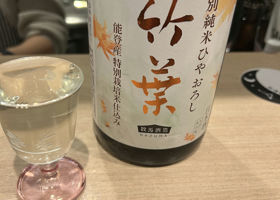
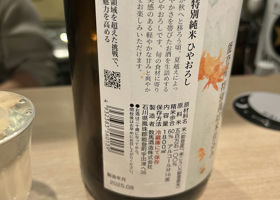
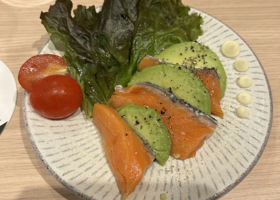
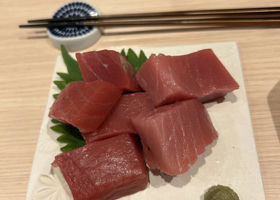
よっち
At Shinbashi Japanese Sake Bar Shinme
Delicious and well-balanced with a hint of smokiness!
Salmon Avocado Carpaccio
Tuna
Japanese>English

X-Beauty18
It is so refreshing and gorgeously slightly sweet... the elegant throat is satisfying.
Japanese>English

INZO
お燗で

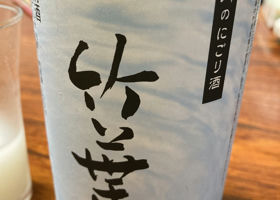
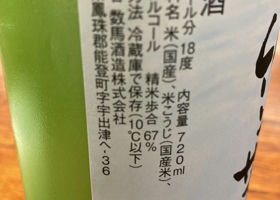
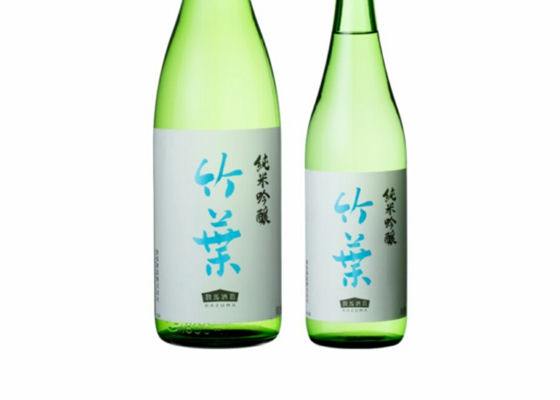
Termat
The second station is bamboo leaves, I couldn't take a picture so I borrowed the image
https://chikuha.co.jp/product/chikuha_jyungin/
The color is quite yellow.
As expected, the taste is quite full-bodied, with a strong sweetness and umami. Classic but easy to drink.
Japanese>English
Chikuha特別純米 ひやおろし 能登産 特別栽培米仕込み
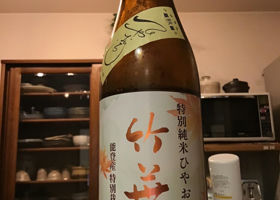
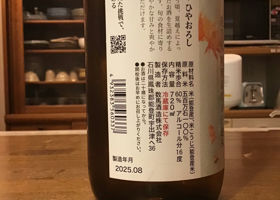
まらっか
This is another cup from the Junmai Ginjo trial set. It was delicious.
Alcohol content: 15-16%.
Sake meter: +1.8
Rice polishing ratio: 55
Japanese>English
のあみ
Abacus@Kanazawa
Japanese>English
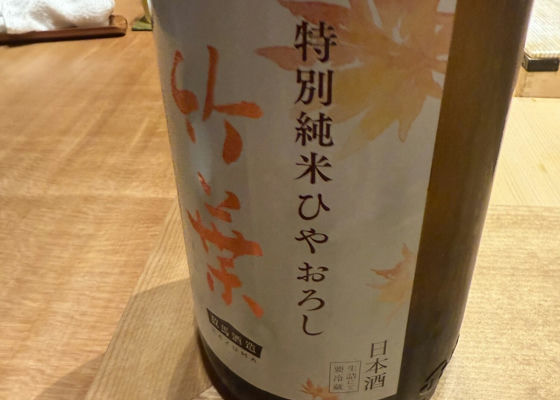
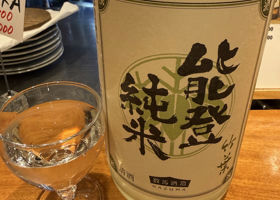
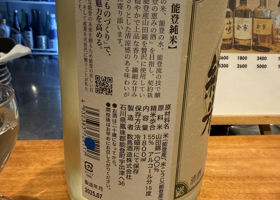
Yukkie
55% Yamadanishiki rice polished to perfection. Very refreshing to drink.
Japanese>English
かちこまこ
Taste of molasses? Sour. Like Makkori.
Japanese>English
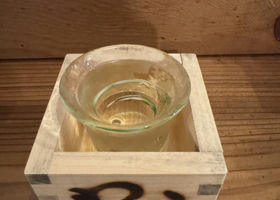
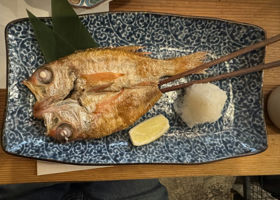
Daisuke
I went to Watari-san, a local izakaya (Japanese style bar), and had nodoguro (a type of tuna) grilled in a salted broth. I prefer this to the lionfish Sato.
Japanese>English